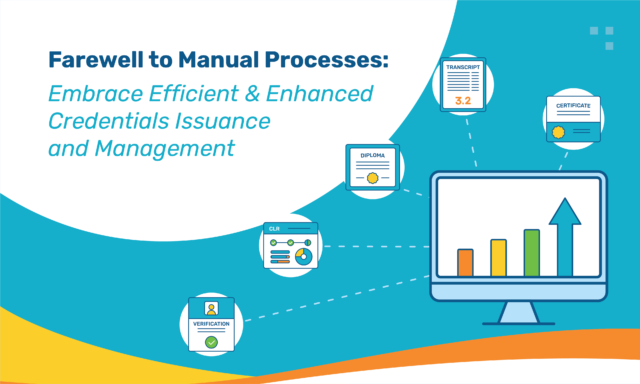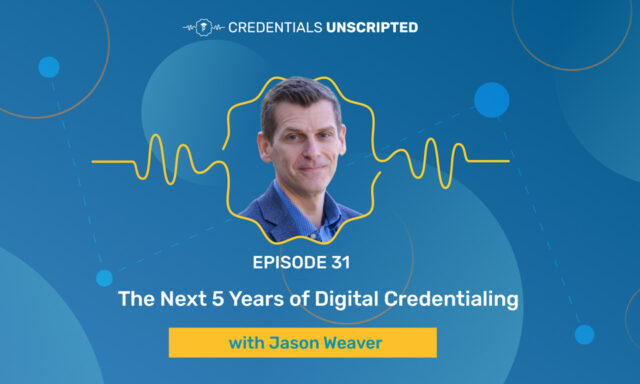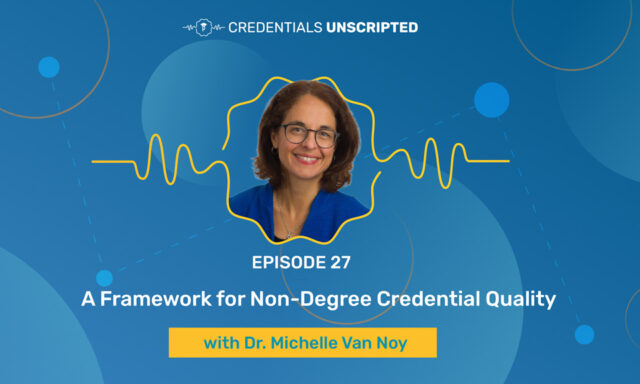Did you miss the Breaking New Ground webinar: A New Generation of Transfer? We’ve provided some highlights for you.
Parchment’s general manager for higher education, Kevin Martin, chatted with Ann Yater, college registrar for the nation’s largest singly-accredited community college system, Ivy Tech and Dr. Kevin Coughlin, VP of Enrollment with Florida International University (FIU) about the lost credits, cost and confusion of many students who transfer from one institution to another and how you can make these transitions smoother for transfers.
The transfer student continuum
There are two things happening at the same time in higher education. Firstly, undergraduate enrollment is down 4.7% in Spring 2022 from the previous year. Secondly, the National Student Clearinghouse Research Center reported a 6.9% decline in college transfers over the same time period. Our panelists noted the following factors affecting this decline:
- A tight labor market
- The pandemic
- The cost of education
Community college take
At Ivy Tech, they’ve experienced a lower conversion rate of their dual-enrolled high school students recently. Ann Yates recognized that today’s students are seeking job skills and training and this makes corporate certification-to-career programs, offered by Google and Salesforce for example, attractive and economical for many students.
Ivy Tech has short-term certifications for several key industries such as healthcare and IT that roll-up or stack into a technical certificate. By design, Ivy offers shorter courses that are eligible for financial aid, but students want to know that they’ll pass the credentialing exam in their chosen field. Proving the courses value to transfers is a part of providing the education they’re looking for.
The four-year college perspective
Dr. Coughlin pointed out that the trends anticipated to appear by 2025 were accelerated by the pandemic. One trend includes lateral transfers rather than from two-year to four-year programs. They’re seeing a more seamless transition between bachelors and masters programs. Simultaneously, he’s aware of competition from corporate certificates that lead to lucrative careers. In anticipation of future impact, FIU sat down with companies to find out what skills and knowledge they require to hire.
In response, FIU piloted micro badges for non-credit and credit programs in dementia care, certified medical assistants and the applied sciences. Their Transfer and Transition Division stepped up collaboration with area state colleges on how to articulate an associates degree to a bachelors and on to a masters degree.
Yater summed up the value proposition that students are looking for from two-year and four-year degree programs by saying: “We’ve got to balance what a student needs to know versus getting them out into the workforce.”
Opportunity costs nonlinear students
What’s clear is that nonlinear transfer students weigh their education against the job opportunities they’ll have and the ones they may miss out on while they’re in class.
Credit loss represents a significant time and money expense for students that should be addressed with counseling. Banded tuition was also highlighted as a way to credit loss. Students pay one rate for basic tuition for bands of credit hours and aren’t paying more to recoup credits lost in transition.
The webinar panelists agreed that more needs to be done to smooth the pathway for transfer students, and offered their top action items.
Recommendations for Associate’s Degree programs to aid transfers
- Watch out for ‘intrusive advising’ of transfers.
- Advise transfers for what they want to do with their certification.
Recommendations for supporting transfers to a Bachelor’s Degree program
- Articulation agreements between institutions should create a desired future for transfers.
- Flexibility in articulation agreements is needed to make an impact on a lifelong learner’s pathway.
Watch the entire webinar on-demand here and subscribe to our blog to hear about upcoming webinars, like the Breaking New Ground series.
Parchment Award – Transcript Services simplifies transferring records by providing students with a modern experience built to accomodate learners make transfering that much easier. Fill out the form below to learn how you can get the most out of the Parchment Award platform.
There’s always more to learn.




